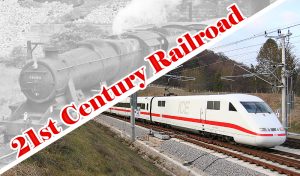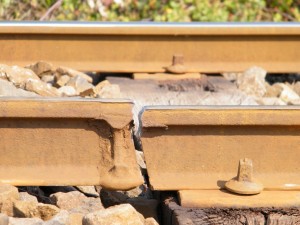
This work is licensed under CC BY-SA 2.0. It is attributed to S. Terfloth and Ben Brooksbank.
This is a modified combination of two images, the original versions can be found here & here.
Every year more and more passengers are making a choice in favor of using trains and rail services because it is fast, affordable and safe! This is why the rail industry is facing big challenges in keeping up with growing demand and also making all processes safe and secure.
Railroads use both industry-adopted and railroad-specific operating procedures to enhance railroad safety and security.
These procedures cover areas such as employee responsibilities and training, train speeds, inspections, rail yard practices, locomotive operation, signaling equipment installation and other topics that directly and indirectly affect safety.



